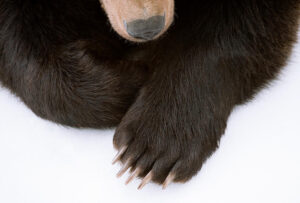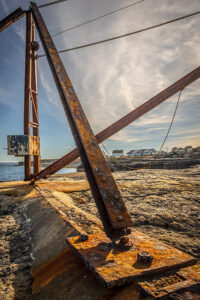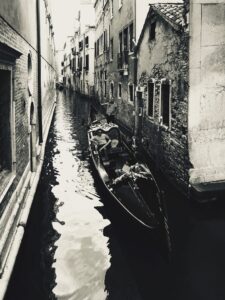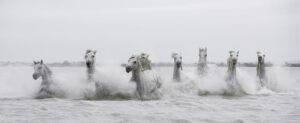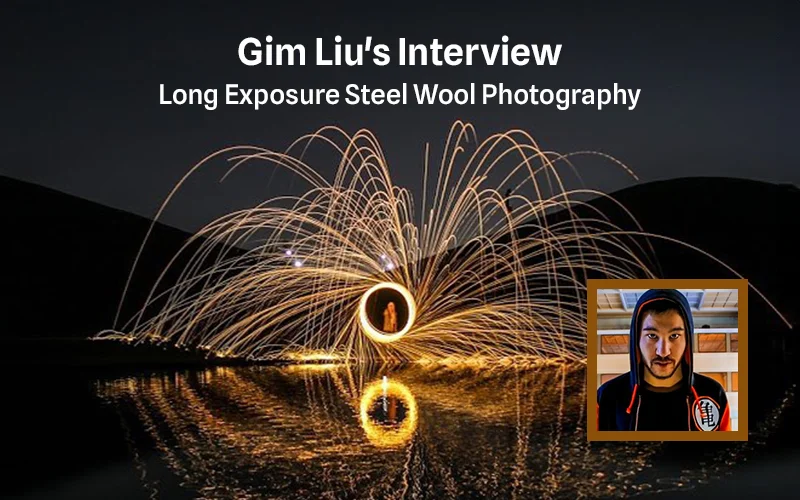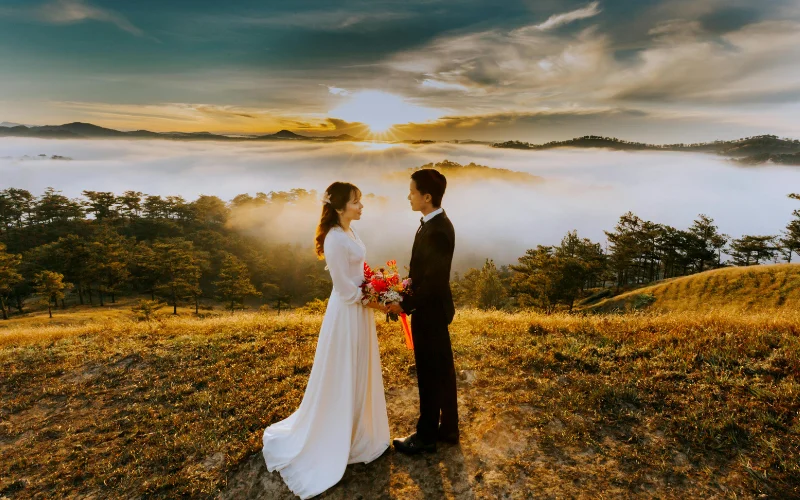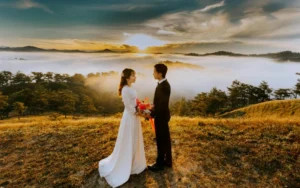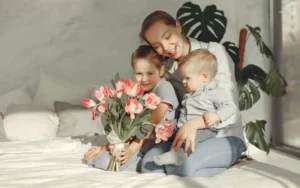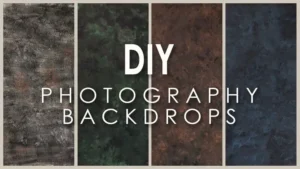Stories are but the right amalgamation of imagination, creativity & experiences! Chris Weston through this interview has reinstated our faith in the above words.
What led the artist to capture narratives & stories. Who influenced his love for Photography in his formative years. What was a rather spiritually connecting experience the artist had, while on an expedition, and much much more!
Here’s your chance to get a sneak peek into the life of Chris Weston through this candid interview!
We are sure you’ll love reading it as much as we loved conducting it!
Q1. Being from a small town of Lincolnshire what were the virtues you feel you picked up while growing up in such a humble setting?
Ans. Lincolnshire is an agricultural region of the UK, known for its potatoes and cabbages. The land is vast and flat, with few defining features. If you just wander out with a camera, it’s not the sort of place you’ll bump into pretty scenic shots. Lincolnshire made me work at my photography. It forced me to learn how to use a camera creatively, and how to apply composition and principles of design to make an image, rather than simply take one. Those skills have stayed with me ever since, which means I’m unreliant on technology or luck to create compelling images.
Q2. Who were, or are your strongest support from the day you stepped out to follow your dreams?
Ans. My father gave me my first ever camera, when I was 10-years old, and he encouraged me to learn the ropes. Later, it was his belief in my photography that gave me the confidence to turn professional. At primary (elementary) school, I had a teacher – Miss Langley. She used to tell us stories of a far-away magical land, called Uganda. I was spellbound and I attribute my love of travel, in part, to those stories. Recently, I set out to find her, to tell her the role she had played in becoming the person I am today. We met and I told her about the Uganda stories. She told me, she wasn’t my teacher, she was standing in while my teacher was on sick leave, and the only reason she talked about Uganda was, she didn’t know what else to talk about! I love how the Universe conspires to reveal the path we are destined to tread.
Q3. What’s that one thing you like about your life with cabbages & your life in the savannahs?
Ans. Growing up in Lincolnshire enabled me to develop my imagination. There was little else to do, so we made up our own stories and acted them out. That experience has enabled me to approach photography in a similar way, so when I’m in the savannas of Africa, or the jungles of South America and Asia, I am unconstrained by convention. I seek out the hidden stories, the stories that lie beneath the surface, and they form the narratives of my images. I think it’s one of the greatest gifts a photographer can have.
Q4. As a wildlife photographer and a conservationist, what are the things you are doing or wish to do in order to keep Earth healthy?
Ans. Ecological health comes from balance. The greatest threat to wildlife and wild habitats, right now, is human poverty. It’s no coincidence that the planet’s most endangered wildlife exists in areas of greatest human poverty. In order to protect wildlife and habitat we have to make trees worth more standing than felled, and animals worth more alive than dead. If we achieve that, people will protect them. One of my main projects at the moment is creating the documentary film Animals on the Edge, which sets out to show how we can create sustainable conservation that benefits all stakeholders.
Q5. Did teaching and coaching come to you naturally? How was the process?
Ans. As a kid, I was always asking “Why?” Why does that work? Why do we do that? Photography was the same. I didn’t just want to know what shutter speed was, or what lens aperture is, is what the white balance setting does, I wanted to know why I needed them in the first place. Knowing why puts you in control, it helps you learn by making sense of things. I think because that was my approach to learning, it’s easy for me to approach teaching the same why. I can explain, in down-to-earth terms not just what something does and how you would use it, I’m also able to explain why you would use it, which helps put that knowledge in context, making it easier to retain and apply in the field.
Q6. Can you share with us a story from one of your shoots that you hold very dearly in your memory?
Ans. I was in India, predominantly to photograph tigers. We had taken a break and I was alone in the jeep when, in the distance, about 50m away, I saw a female elephant with a calf. The calf was about a year old and inquisitive. Seeing the jeep, it kept taking a step towards me but every time it did, its mother reached out her trunk and pulled it back to safety. I watched for a while, intrigued. I had been learning a lot about the martial art of Tai Chi, which is mostly about the movement of energy, and so I decided to play a game. I imagined shifting all my energy to my heart and pooling it there. As I did so, the baby elephant stepped forward and the most amazing thing happened – the mother took a step away. The baby came all the way over to the jeep, so close I could have touched it. It lifted its little trunk and kissed me, then withdrew a few inches and blew warm air all around me. I later learned that elephants from disparate herds greet each other this way in a gesture that means, we will never again be strangers. I didn’t take a single image – there are some moments that cannot be captured in a photograph.
Q7.What first lit the spark of imagination that later became your base for visual storytelling?
Ans. I was fascinated by inane questions about nature, like, why are zebras black and white striped when they live in a yellow savannah? I was fascinated by how nature worked, the amazing behavior of all the different species, and how everything seemed to be connected. With that fascination, I’d set out to find answers to all these questions I had and, once I’d found an answer, I was chomping at the bit to tell people. I chose photography as my medium for storytelling, and that’s how wildlife and photography came together. It remains the same today. Wildlife is my passion, photography is simply a tool I use to tell stories.
Q8. What’s that one thing you’d suggest your followers do, to be able to tell a story right visually?
Ans. You have to approach photography the right way round. Most people take pictures without ever really thinking what they’re taking a picture of. If you don’t know what the story is, how can you decide what lens to use, or what camera settings to apply, or what elements in the picture space add to your story or detract from it? Before I press the shutter, I always ask myself the question, how will I caption this image? If I can’t answer that question, I stop … and I wait for a better image.
You can acquire the skill of Visual Storytelling through the course by Chris Weston!
Also, you can check out the work by the man himself on his website.

